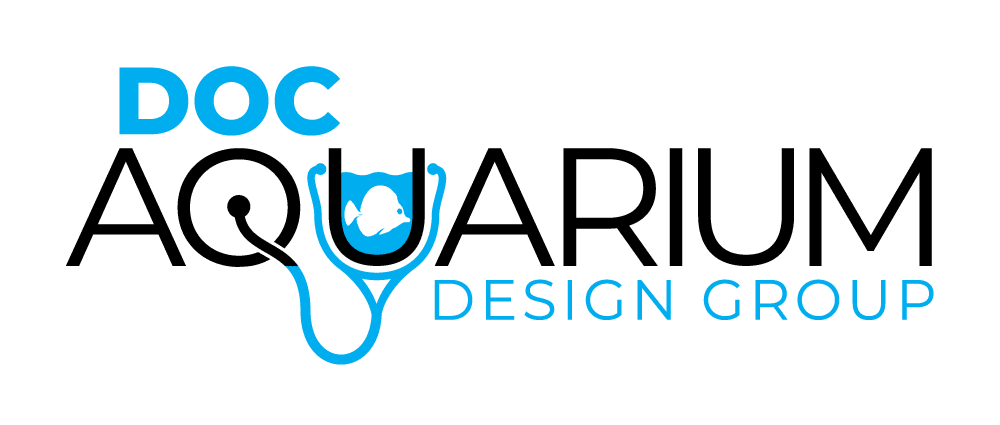Crystals Rainbow Favia
Original price was: $79.99.$25.00Current price is: $25.00.
Fragments are around 1/2- 3/4″ and encrusted
The mother colony was given to us from Bogdan and Crystal as Crystal’s Rainbow Favia back in 2012. I attended a marine aquarium society of Ventura County meeting at their farm. This coral has been passed by us to a few different local coral farms including Vivid aquariums, Aquarium Connection and Coral Collectors. It has some really nice purple and pink rings with yellow eyes.
Favia corals can be one of the more non aggressive of the LPS corals. Although they do have sweeper tentacles and can sting corals so take caution when placing them. Favias will grow encrusting the rock around so leave plenty of space for favias to grow out. For fast growing species, place small pieces of rubble rock around them to grow onto as a way to prune them back.
Lighting: medium low – medium lighting 150-250 PAR.
Flow: low to medium
Care Level: Easy – intermediate
Original Location Range: Indonesia, Coral Triangle, South Pacific
Grown in our California coral farm where we provide zero impact corals
Water chemistry: Calcium 400-450, Magnesium 1350, KH 7-9.5, pH 8.1-8.4, Nitrates .01-10, Phosphates .01-.1 salinity 1.026
Temperature Range: 74- 81 Fahrenheit
Dosing: Doc highly recommends automated dosing of Ca, Kh and other elements to provide ultimate stable water chemistry throughout the day. It is important there are no fluctuations especially with Kh/alkalinity. For more information on dosing and products click here.
Placement recommendations: There are a few good areas to place these corals. Try an area like and edge in front so the coral can encrust onto the reef. Keep a safe distance from other corals so it does not harm or get harmed by other corals. This coral is good to grow in vertical areas where others cannot. Another great location is on an island on the sand up close to the glass for optimal viewing. It will never grow outwards into the glass.
Attachment: We like to clip off the exposed disk areas. Add a small amount of coral glue to the underside of the disk. Mix up enough two part epoxy to create a small mound and dab it a few times into the glue to get it tacky then press and mold a conical shape. Add a few small daps to the tip of the cone dabbing the glue so it really sticks to the epoxy. Press the coral disk onto the desired location and press the epoxy flat around the disk. Be sure the coral is fully secure, the coral should never fall off the reef.
| color | Blue |
|---|



Reviews